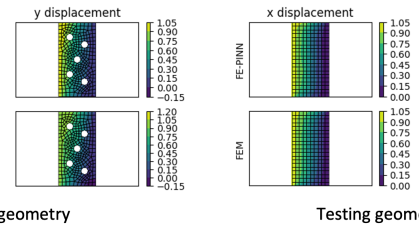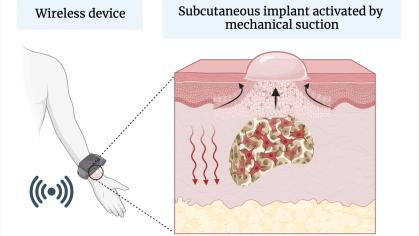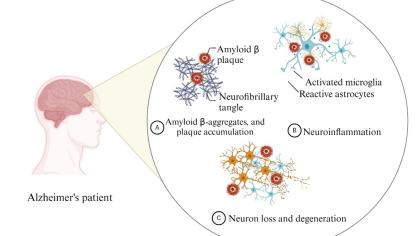Kisspeptin Receptor Agonist For The Treatment Of Non-Alcoholic Fatty Liver Disease
Inventor (s): Moshmi Bhattacharya
Date Awarded: March 2021
Summary:
NAFLD is a national epidemic that affects 100 million adults and children in the US, with associated annual medical costs of $103 billion. NAFLD ranges in severity from steatosis or fatty liver, to inflammatory changes manifested in NASH, which is a risk factor for the development of fibrosis, cirrhosis, and hepatocellular carcinoma (HCC). Thus, therapeutics for the reduction of NAFLD would have a high impact on reducing disease progression.
Currently, there are no FDA approved medications for the treatment of NAFLD. As the rates of obesity continue to escalate, NAFLD‐related liver disease and mortality will rise in the U.S. The global market of NASH therapeutics and liver cirrhosis drugs market is projected to reach USD18.3B and USD 66.01B, respectively, by 2026.
The liver produces a peptide known as kisspeptin that circulates in the blood, and signals by binding the kisspeptin 1 receptor, to regulate metabolic pathways. The major goal of this TechAdvance project is to determine the efficacy of kisspepin signaling in the treatment of NAFLD, using pre-clinical models. This technology may ultimately translate clinically as a safe and effective treatment of NAFLD.
Market Applications:
- Stand alone therapy or combination therapy for the treatment and prevention of non-alcoholic fatty liver (NAFL) and non-alcoholic steatohepatitis (NASH).



